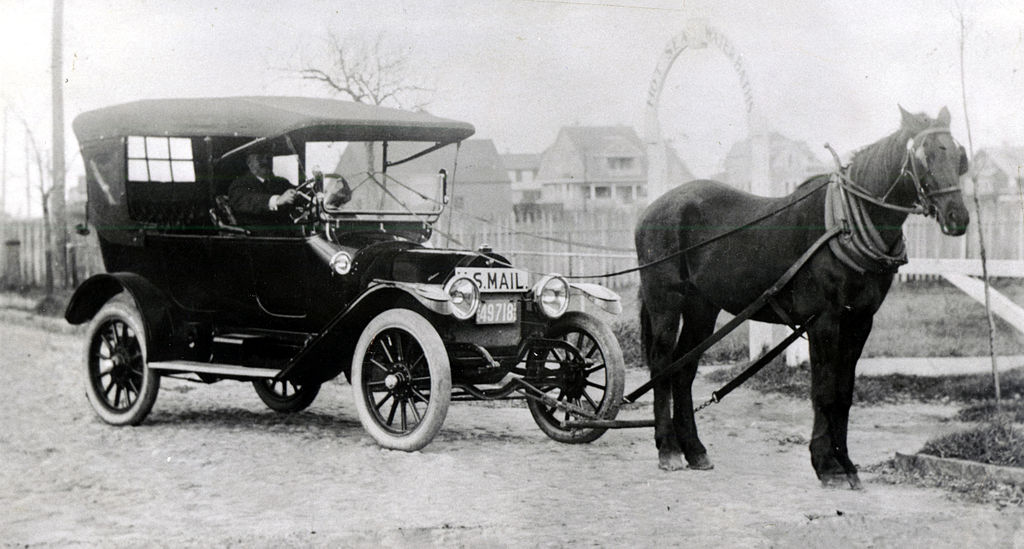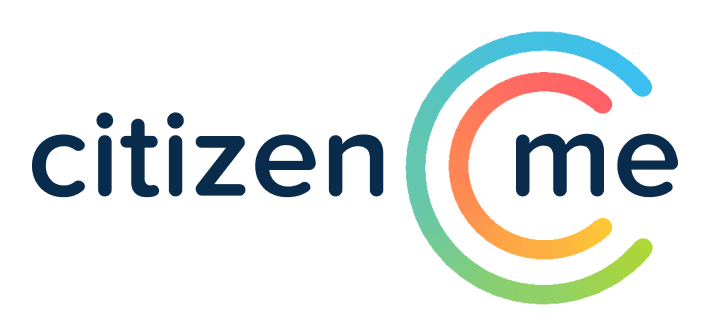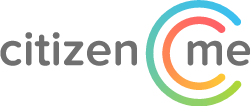
Innovation and Market Research. Are they compatible?
Innovation and Market Research. Are they compatible? https://www.citizenme.com/wp-content/uploads/2017/10/Ford-and-Horse.jpg 1024 549 Ryan Garner Ryan Garner https://secure.gravatar.com/avatar/d5d774b86fa69dcb9315259eec6fc589?s=96&d=mm&r=gIt’s funny how often we revisit this question. There always seems to be tension between the ‘gut feeling’ or ‘preferred innovation methods’ of an entrepreneur/business while gathering customer insights. Part of the issue is that market research has become a dirty word in many disciplines like product, strategy and marketing. This doesn’t come as much of a surprise, because market research hasn’t transitioned well in the digital world. What has eclipsed market research are new methods and tools for collecting customer inputs and insights. Some of the best products and businesses in recent years claim not to use market research (in the traditional sense), but do collect and use customer insights.
In an interview with Fortune, Steve Jobs famously said:
We do no market research. We don’t hire consultants. The only consultants I’ve ever hired in my 10 years is one firm to analyse Gateway’s retail strategy so I would not make some of the same mistakes they made [when launching Apple’s retail stores]. But we never hire consultants, per se. We just want to make great products.
Eric Ries, author of one of the most influential books of the digital age, ‘The Lean Startup’, is also dismissive of market research. In the book he says:
If Zappos had relied on existing market research or conducted a survey, it could have asked what customers thought they wanted. By building a product instead, albeit a simple one, the company learned much more.
For most people working at startups or building products the “build, test, learn” methodology is extremely popular way to collect these customer inputs. As are design sprints, user testing, ethnographic research and of course behavioural data analytics.
So what now for innovation and market research?
If you strip market research down to its reducible core, it is about understanding markets and customers to help make better decisions. It’s about fighting the customer’s corner and adding the right input into the innovation process. The reason market research is dismissed as an innovation tool, is because a lot of the time it’s conducted poorly. A good example of this is asking customers for their requirements for a new product or service. This is not the customers area of expertise, hence why we employ expert designers, developers and strategists.
I agree with the contention that customers do not know what they want. They could never have designed the iPhone. Yet the iPhone is one of the most popular products of all time because it fulfils a lot of customer needs.
The need now is for a common language to describe the best insight frameworks, methods and tools. A language that leaves behind the slow, costly and poorly considered approaches mostly commonly associated with the term market research. More on this in a future post.
But if asking people what their requirements are is the wrong approach, what is the right approach?
For a long time I struggled to answer this question. There are methods and practices I have used in the past, which indirectly tease out the painful parts of the customer experience. But the output is typically far too fluffy. Over the past five years, however, I have been using a framework called Jobs-To-Be-Done. This adds process, structure and clarity to research approaches for innovation. When I first read and applied the Jobs-To-Be-Done framework, it felt intuitively right. It added structure and theory to things I was already doing. Furthermore, the Jobs-To-Be-Done framework is deep-rooted in understanding the outcomes people are trying to achieve in life, by analysing the jobs required to achieve them. Through identifying those important jobs people struggle with, opportunity gaps begin to present themselves. Using this approach is not about asking people what they want. Instead it asks customers what they’re experts in.
- What jobs in their lives are hard to complete?
- Which jobs they place great importance on?
The qualitative and quantitative outputs are highly contextual. They provide specific inputs into ideation, product/service design and add robust evidence to include in business plans.
Were Ries and Jobs right?
Steve Jobs and Eric Ries were not being dismissive of customer insights and inputs. They were being critical of bad customer/market research, since it collects wrong or misleading inputs. Research that asks the customer what they want stifles creativity. Handing over a product spec taken from a focus group or a survey to a product team will probably lead to disaster: demotivated product designers and a final product that sucks. Customers don’t know what they want until you give it to them. As Henry Ford famously said:
If I had asked people what they wanted, they would have said faster horses.
Alternatively, hand over a set of prioritised and contextual problems that customers face. As a result, product designers and developers’ creativity will spark. Good market/customer research is about asking the right questions and close-knitting the output into the processes and frameworks that are used to innovate. Data, and the insights derived from data, are the bedrock of clarity. If collected properly, data is unbiased, it grounds and centres your perspective. To truly check your own biases and avoid your innovation misfiring, you need to work with data and weave customer insights into your innovation process.
What can I do to inject more insight into my innovative initiatives?
I would contend that innovation and market research in it’s traditional form are not compatible. This is simply because it is too slow, too costly and asks the wrong questions. There are, however, a number of agile research tools that are available that fit nicely into tight deadlines and short design sprints. CitizenMe is one of them and we’ll follow up this post with some examples of how to use CitizenMe, in combination with frameworks like Jobs-To-Be-Done, to enhance your innovation initiatives.
- Posted In:
- Business blog
Ryan Garner
Ryan has provided insights to global brands, helping shape products and services around real customer needs. He has spent the past 3 years helping businesses think about the opportunities in the personal information economy. He now brings this experience to CitizenMe. As much as Ryan loves technology, he likes to escape by growing fruit and veg on an allotment with his kids. And if you have not already heard, Ryan is a very smug Leicester City supporter right now!
All stories by: Ryan Garner





Leave a Reply